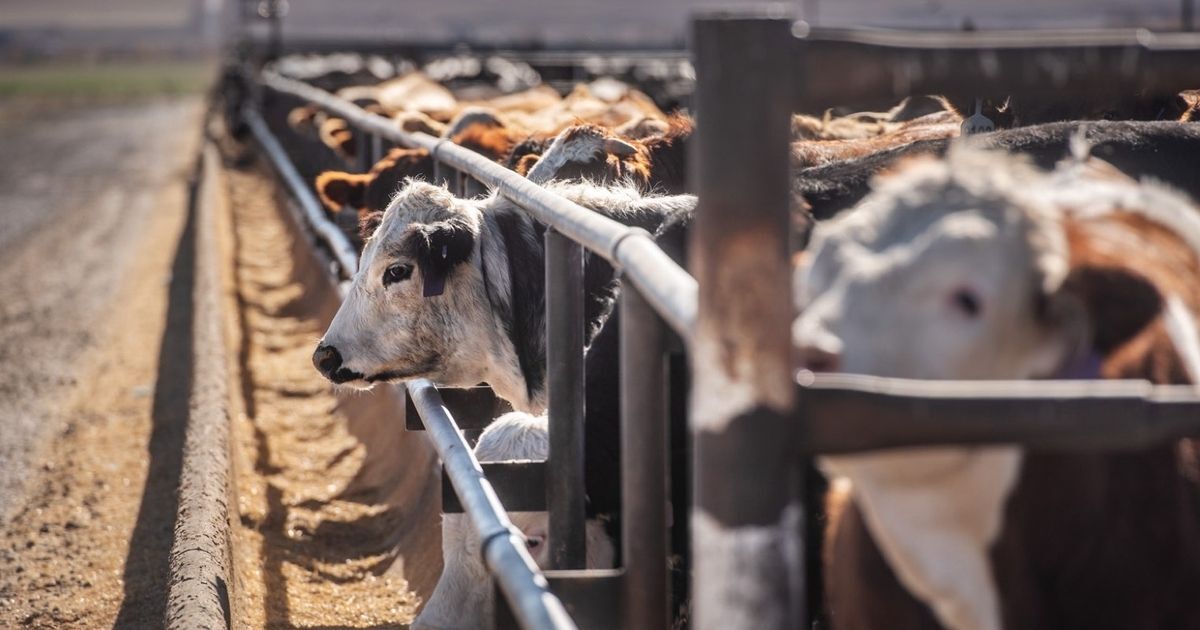Nebraska is better situated in terms of corn, livestock and ethanol production than any other state in the U.S. Together, these three components form “Nebraska’s Golden Triangle.” This means corn farmers have solid markets for corn—ethanol and livestock—while the ethanol biorefineries across the state then provide renewable fuel and a feed ingredient for the livestock industry. Nebraska’s rail system is also top notch and connects to ports for direct shipping overseas.
Corn: Nebraska farmers produce over 1.5 billion bushels of corn annually, making it the third largest corn-producing state in the U.S. and an important provider of grain exports. In 2021 alone, Nebraska farmers produced more than 1.85 billion bushels of corn.
Ethanol: Nebraska is the No. 2 producer of ethanol in the country. There are 24 ethanol biorefineries across Nebraska producing renewable fuel and other co-products, including livestock feed, carbon dioxide, and corn oil. Some Nebraska companies use ethanol to create products like detergents, hand sanitizer, sustainable aviation fuel, and other specialty chemicals.
Livestock: Ethanol producers recycle leftover components of the corn after ethanol production to create a high-protein animal feed called dried distillers grains (DDGs). Many ranchers prefer to feed animals DDGs as they are easier to digest. In turn, farmers and ranchers produce meat, eggs, and dairy products to hungry consumers around the globe.
Do biofuels negatively impact food costs and availability?
A long-standing myth surrounding the biofuels industry has centered on the “Food vs Fuel” debate, which claims that increased production of corn-based biofuels such as ethanol have led to higher food prices and less land to grow food. While many people assume ethanol can come from any type of corn, the type used to make ethanol is not the sweet corn we eat. Nearly 99% of the corn grown in Nebraska is field corn, which is rarely used for human consumption. Read NEB's issue brief, The Myth of Food vs. Fuel, where we use a two-part approach to debunk this falsehood.

